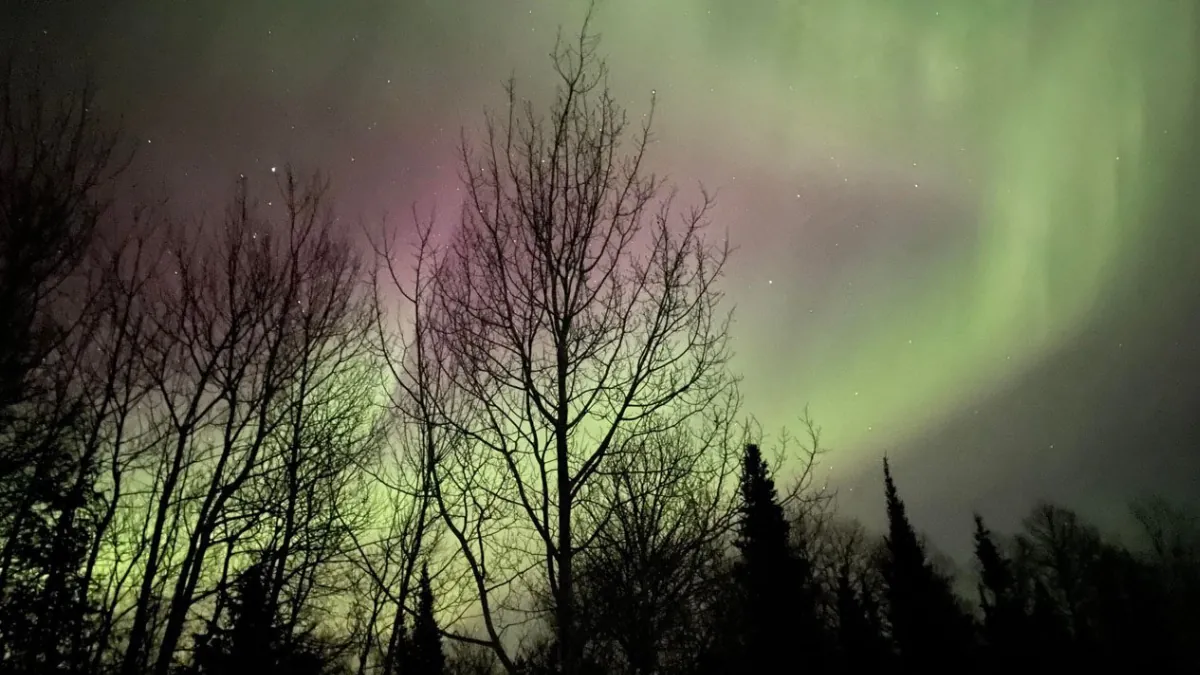This Thanksgiving, solar storms are expected to create faint auroras visible across the northern United States. According to NOAA meteorologist Mike Bettwy, the auroras will likely be pale and brief, with their visibility depending on the intensity of the solar storms.
The best chances for seeing the auroras will be in northern states such as Washington, Montana, the Dakotas, Minnesota, Wisconsin, Michigan, and Maine. Northern regions of Idaho, Wyoming, New York, Vermont, and New Hampshire may also experience the light displays.
The auroras are anticipated to be visible between 10 p.m. EST Thursday and 1 a.m. EST Friday, although the timing may vary. Space weather experts recommend checking updated forecasts on NOAA’s Space Weather Prediction Center website or using an aurora forecasting app for more precise details as the event approaches.
To catch a glimpse of the auroras, experts advise waiting for clear, dark skies and heading outdoors, away from city lights. Surprisingly, smartphone cameras may capture more of the aurora than the naked eye can detect.
The sun is currently in the maximum phase of its 11-year cycle, which means solar surges and northern lights will occur more frequently.
Earlier this week, the sun released a pulse of high-energy plasma toward Earth, intensifying solar activity. This active phase is expected to continue for at least another year, although the exact peak of the cycle won’t be known for several months, according to NASA and NOAA.
While solar storms can sometimes disrupt communication systems, experts do not anticipate major disturbances from this week’s event.
In May, NOAA issued a rare severe geomagnetic storm warning, which resulted in a powerful light display across the Northern Hemisphere. Last month, another strong solar storm produced auroras visible as far south as Germany, the UK, New England, and even New York City.

